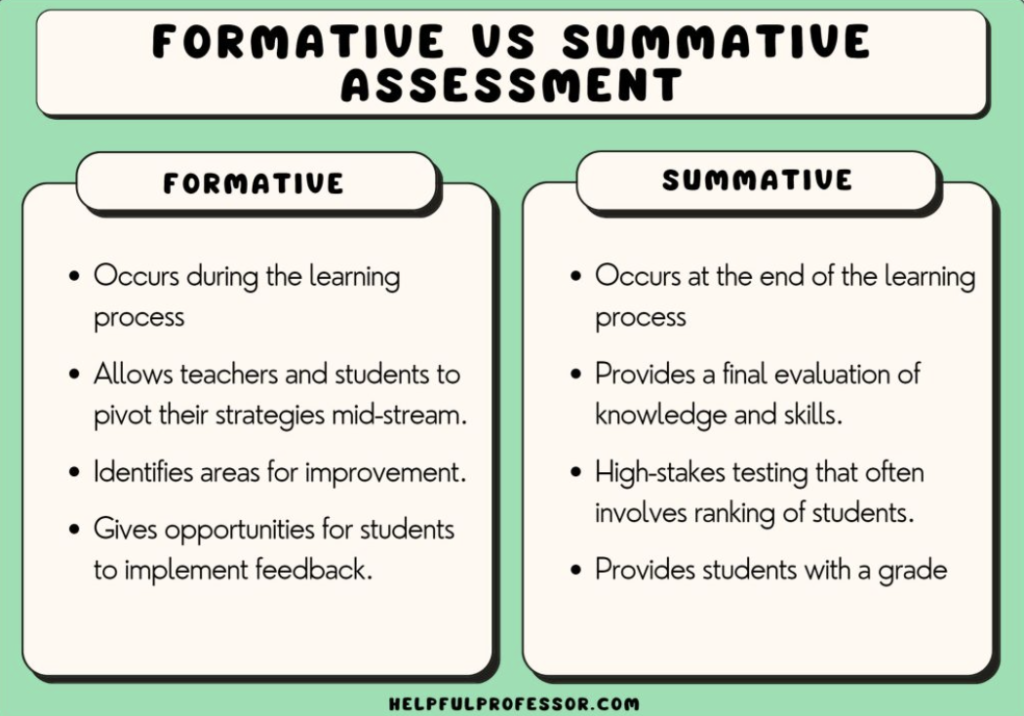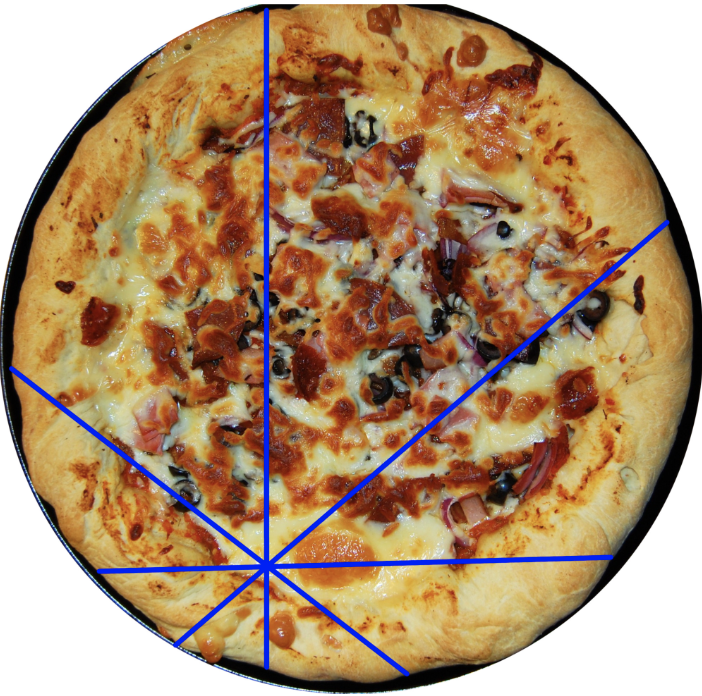The three main points behind Making Thinking Visible (MTV) that influenced me the most as an educator are:
- Foster Deeper Thinking: One of the guiding principles of making thought transparent is the idea of metacognition, or thinking about one’s own thinking. Encouragement for students to examine their thought processes, test their assumptions, and consider various points of view can have a significant impact on learning. Teachers who place a strong emphasis on metacognition assist students in learning how to evaluate and refine their own thinking, which is crucial for lifelong learning.
- Change the role of students and teachers: Putting thinking routines into practice in the classroom gives teachers useful resources to make thinking visible. These procedures provide methodical ways to lead students through the stages of critical thought. Teaching strategies like “Think-Pair-Share,” “See-Think-Wonder,” or “I Used to Think…But Now I Think…” can help students get a deeper understanding of difficult ideas by engaging them in the learning process.
- Enhance formative assessment practice: Making thinking visible is a potent way to provide constructive criticism during formative evaluation. Teachers can more successfully adapt their instruction when they can observe and understand how their students are thinking about a particular topic or problem. With the use of this method, teachers may give students rapid feedback that is specifically tailored to help them improve their thinking and learning techniques.
https://x.com/Simone__Hartley/status/398427208173109248?s=20

In math class this week, I used the “Peeling the Fruit” strategy.
How it went:
Purpose: Use “Notice and Wonder” to introduce students to the concept of adding fractions and help them understand why common denominators are important.
- Notice: I presented the picture of the pizza posted below. I displayed it on the ViewBoard at the front of the classroom for all students to see.
- Wonder: I asked students open-ended questions
- What do you notice about this picture?
- What do you wonder about these pizzas?
- How would you describe what you see to someone who has never seen it before?
- Class Discussion: I encouraged students to share their observations with a peer first. I told the class that there is no “right” answer as long as each student is able to back up their thoughts and ideas. After student pairs discussed for a minute, I asked students to share with the whole class. I wrote down some of their responses on the whiteboard. I put stars next to the ones that emphasized the focus of “Peeling the Fruit”, the importance of common denominators.
Student Response Examples:

- I noticed the slices aren’t the same size.
- I wonder who gets what piece.
- I notice there are olives on the pizza.
- I wonder why they are not cut up the same way.
Successes: Students at all levels of mathematical understanding enjoyed this routine. It helps students make the connection between abstract ideas like fractions and real-world examples. Students better understood why it is important when adding and subtracting to have common denominators. Also, this routine encourages the use of math and good conversation.
Challenges: Some students were too shy or afraid to share their thoughts or questions with the class. Also, the way students answered the “Notice and Wonder” questions was very different. Some students gave deep insights, while others made some observations or asked some questions.
Next Time: I will make it clear that every answer is important and that the goal is to get people to think and be interested. Responses that are different can be used to start classroom talks and lead to more research. Also, stress that “wondering” is a normal part of learning and that there are no “wrong” thoughts or questions.

TCE Threshold Concepts and How They Relate:
- Teaching as Intellectual Engagement- Learning is a dynamic process in which teachers and students actively engage in critical thinking, questioning, and reflection. “Peeling the Fruit” method fits with this idea because it aims to get students involved in their education. Students are encouraged to watch, reflect, and ask questions rather than just passively taking in information. This engaging activity promotes students’ intellectual curiosity and motivates them to take an active role in their education.
- Teachers and Students Engage in Critical Consciousness- is centered on the notion that education should not only impart knowledge but also equip teachers and students with the skills necessary to critically evaluate and query their surroundings. “Peeling the Fruit” gives kids the opportunity to participate actively in the learning process by inviting them to express their observations and inquiries. This is consistent with the notion that education should enable students to take an active role in both their own education and society.


I enjoyed reading your thoughts about deeper thinking. I feel like this can be a challenge for me in my classroom to ask high level questions and bring out more of their thinking, but I like how you clearly listed that students should engage with the thought process, test assumptions, and consider various points of view. I agree that this leads to a lifelong desire to learn.
In your lesson, I love your open ended questions where they are sharing what they notice, wonder, and are describing the picture. This allows students to create important background knowledge to build upon for the upcoming lesson. This way, they are able to gain confidence prior to the lesson. Great post!
I greatly appreciate your thoughtful and upbeat response. It’s encouraging to learn that you found the insights on deeper thought useful, and I am fully aware of how difficult it can be to promote critical thinking in a classroom environment. It’s admirable that you recognize the value of getting kids involved in the thinking process, pushing them to challenge presumptions, and encouraging them to think critically about different points of view. One of our main objectives as educators is to foster a lifelong drive for learning through the creation of environments that support these talents.
Hi Maddie!
I found your reflection on the “Peeling the Fruit” strategy in your math class this week fascinating and inspiring. It’s evident how you’re implementing the principles of Making Thinking Visible (MTV) to foster deeper thinking, change the roles of both students and teachers, and enhance formative assessment practices.
Your use of the “Notice and Wonder” routine to introduce the concept of adding fractions and the importance of common denominators is a brilliant application of MTV. It encourages students to think critically, ask questions, and actively engage in the learning process. I especially appreciate your approach in reassuring students that there are no “wrong” thoughts or questions, as this helps create a more inclusive and open learning environment.
It’s also great to see that you’re aligning your teaching methods with TCE Threshold Concepts, particularly focusing on engaging students in critical thinking and reflection. “Peeling the Fruit” truly emphasizes the dynamic nature of learning and encourages intellectual curiosity among your students.
Dealing with the challenges you mentioned, such as shy students and varying responses, is a part of the teaching process. Your idea to emphasize that every answer is important and to use diverse responses as conversation starters is a valuable one.
Overall, your post showcases a thoughtful and effective use of MTV in the classroom, and it’s evident that your students are benefiting from it. Keep up the great work!